Grow Lettuce at Home – imagine stepping outside your back door and snipping fresh, crisp lettuce for your salad, sandwich, or even a quick snack. Sounds dreamy, right? Well, it doesn’t have to be just a dream! For centuries, cultivating your own food has been a source of sustenance and pride. From ancient Roman kitchen gardens to the victory gardens of wartime, growing your own produce connects you to a rich history of self-sufficiency and fresh, healthy eating.
But let’s be honest, not everyone has acres of land or the time for extensive gardening. That’s where these simple DIY tricks and hacks come in! I’m here to show you how easy it is to grow lettuce at home, even if you have limited space or a black thumb. We’ll cover everything from choosing the right varieties to clever container gardening techniques.
Why is this important? Because fresh, organic lettuce from the store can be expensive and sometimes lacks that vibrant flavor. Plus, knowing exactly where your food comes from and how it’s grown gives you peace of mind. So, ditch the store-bought greens and get ready to enjoy the satisfaction of harvesting your own delicious lettuce – it’s easier than you think!
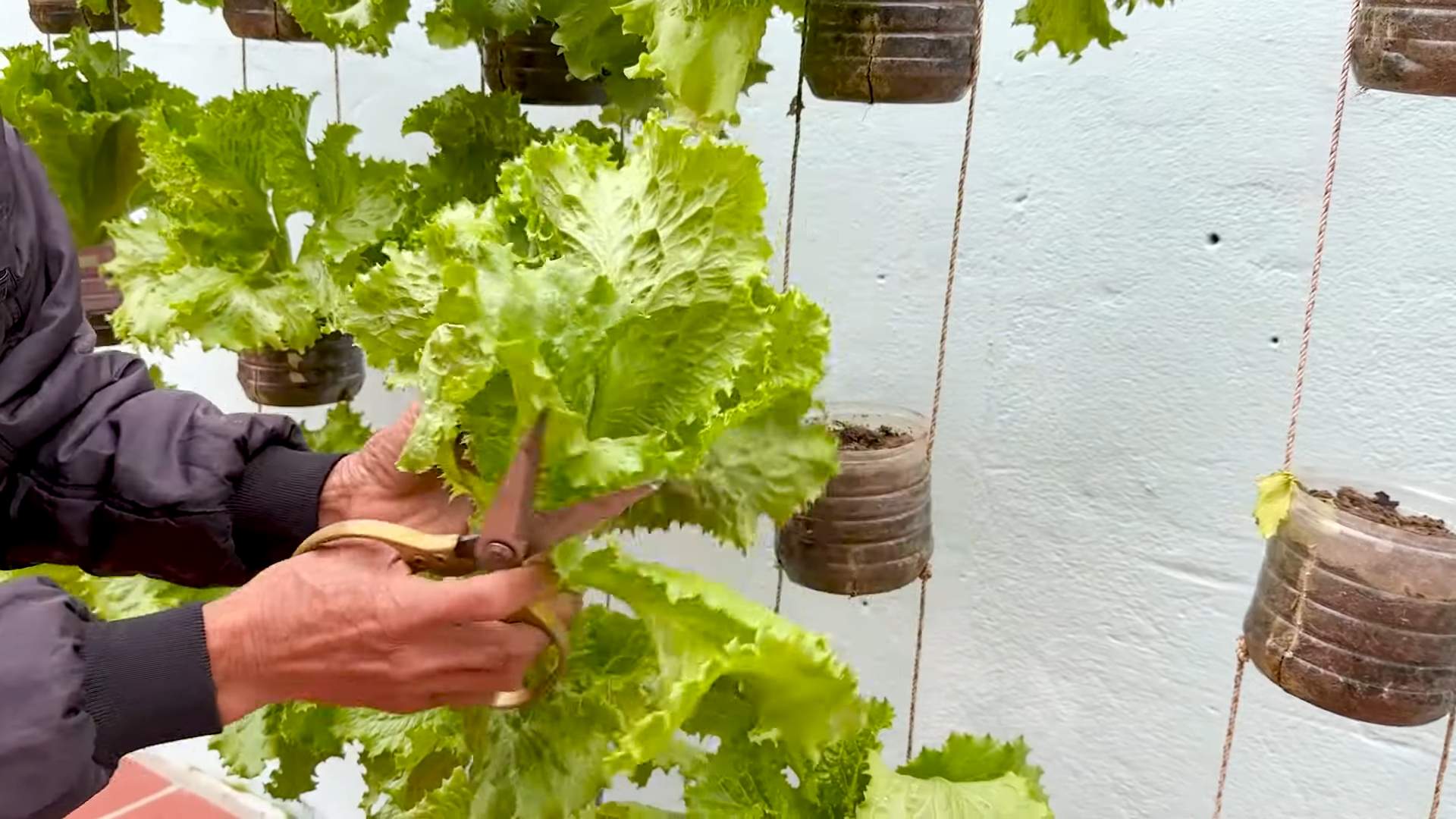
Grow Your Own Lettuce: A Beginner’s Guide to Fresh, Crisp Greens!
Hey there, fellow garden enthusiasts! Are you tired of buying wilted, overpriced lettuce from the grocery store? I know I was! That’s why I decided to take matters into my own hands and start growing my own. And guess what? It’s surprisingly easy! This guide will walk you through everything you need to know to cultivate a thriving lettuce patch right in your backyard (or even on your balcony!). Get ready for a constant supply of fresh, crisp greens for salads, sandwiches, and more!
Choosing Your Lettuce Variety
First things first, let’s talk lettuce types. There are so many delicious varieties to choose from, each with its own unique flavor and texture. Here’s a quick rundown of some popular options:
* **Romaine:** This is your classic salad lettuce, known for its crisp leaves and slightly bitter taste. It’s perfect for Caesar salads!
* **Butterhead (Boston or Bibb):** These varieties have soft, buttery leaves and a mild, sweet flavor. They’re great for delicate salads and lettuce wraps.
* **Crisphead (Iceberg):** While not the most nutritious option, iceberg lettuce is incredibly crisp and refreshing. It’s a good choice for adding crunch to sandwiches and burgers.
* **Loose-leaf:** This is my personal favorite! Loose-leaf varieties, like red leaf and green leaf, are easy to grow and offer a continuous harvest. You can snip off leaves as you need them, and the plant will keep producing more.
* **Batavian (Summer Crisp):** These are heat-tolerant and have a crisp, juicy texture.
Consider your climate and personal preferences when choosing your lettuce varieties. Some varieties are more heat-tolerant than others, so if you live in a warmer climate, be sure to select heat-resistant options.
Gathering Your Supplies
Before we get started, let’s make sure you have everything you need. Here’s a checklist of essential supplies:
* **Lettuce seeds or seedlings:** You can start lettuce from seed or purchase seedlings from a local nursery. Starting from seed is more economical, but seedlings will give you a head start.
* **Potting mix or garden soil:** Lettuce needs well-draining soil that’s rich in organic matter. If you’re growing in containers, use a high-quality potting mix. If you’re growing in the ground, amend your garden soil with compost or other organic matter.
* **Containers (optional):** If you’re growing lettuce in containers, choose pots that are at least 6 inches deep.
* **Watering can or hose:** You’ll need a way to water your lettuce regularly.
* **Fertilizer (optional):** A balanced fertilizer can help your lettuce plants grow strong and healthy.
* **Gardening gloves (optional):** These will protect your hands from dirt and thorns.
* **Trowel or small shovel:** For planting seeds or seedlings.
* **Mulch (optional):** Mulch helps retain moisture in the soil and suppress weeds.
Planting Your Lettuce
Okay, now for the fun part: planting! Whether you’re starting from seed or using seedlings, the planting process is pretty straightforward.
Starting from Seed
1. **Prepare the soil:** Whether you’re using containers or planting directly in the ground, make sure the soil is loose and well-draining. Remove any rocks or debris.
2. **Sow the seeds:** Sprinkle the lettuce seeds evenly over the surface of the soil. You don’t need to bury them too deep; just lightly cover them with a thin layer of soil (about 1/4 inch).
3. **Water gently:** Use a watering can or hose with a gentle spray to moisten the soil. Be careful not to wash away the seeds.
4. **Keep the soil moist:** Lettuce seeds need consistent moisture to germinate. Water the soil regularly, especially during dry spells.
5. **Thin the seedlings:** Once the seedlings emerge (usually within a week or two), thin them out so that they’re spaced about 4-6 inches apart. This will give them enough room to grow.
Planting Seedlings
1. **Prepare the soil:** As with starting from seed, make sure the soil is loose and well-draining.
2. **Dig holes:** Dig holes that are slightly larger than the root balls of the seedlings. Space the holes about 4-6 inches apart.
3. **Remove the seedlings from their containers:** Gently remove the seedlings from their containers, being careful not to damage the roots.
4. **Place the seedlings in the holes:** Place each seedling in a hole and gently backfill with soil.
5. **Water thoroughly:** Water the seedlings thoroughly after planting.
Caring for Your Lettuce
Once your lettuce is planted, it’s important to provide it with the right care to ensure a healthy and bountiful harvest.
1. **Watering:** Lettuce needs consistent moisture, especially during hot weather. Water deeply whenever the top inch of soil feels dry to the touch. Avoid overwatering, as this can lead to root rot.
2. **Fertilizing:** Lettuce is a relatively light feeder, but a balanced fertilizer can help it grow strong and healthy. Apply a fertilizer every few weeks, following the instructions on the package. I like to use a liquid seaweed fertilizer.
3. **Weeding:** Keep your lettuce patch free of weeds, as they can compete with the lettuce for nutrients and water. Hand-pull weeds regularly or use a hoe to cultivate the soil.
4. **Pest control:** Lettuce can be susceptible to pests like aphids, slugs, and snails. Inspect your plants regularly for signs of infestation and take action as needed. You can use organic pest control methods, such as insecticidal soap or diatomaceous earth.
5. **Sunlight:** Lettuce prefers full sun (6-8 hours of sunlight per day), but it can tolerate some shade, especially in hot climates. If you live in a hot climate, consider planting your lettuce in a location that receives afternoon shade.
6. **Mulching:** Applying a layer of mulch around your lettuce plants can help retain moisture in the soil, suppress weeds, and regulate soil temperature.
Harvesting Your Lettuce
The best part of growing your own lettuce is, of course, the harvest! You can start harvesting lettuce as soon as the leaves are large enough to eat.
1. **Harvesting loose-leaf lettuce:** For loose-leaf varieties, you can simply snip off the outer leaves as you need them. The plant will continue to produce new leaves from the center.
2. **Harvesting head lettuce:** For head lettuce varieties, you can harvest the entire head when it’s firm and well-formed. Cut the head off at the base of the plant.
3. **Harvesting time:** Harvest lettuce in the morning, when the leaves are crisp and cool.
4. **Storage:** Store harvested lettuce in the refrigerator in a plastic bag or container. It will stay fresh for several days.
Troubleshooting
Even with the best care, you may encounter some problems when growing lettuce. Here are some common issues and how to address them:
* **Bolting:** Bolting is when lettuce plants start to produce a flower stalk, which makes the leaves bitter. This is usually caused by hot weather or stress. To prevent bolting, plant heat-tolerant varieties, provide shade during hot weather, and water regularly. If your lettuce does bolt, you can still harvest the leaves, but they may not taste as good.
* **Yellowing leaves:** Yellowing leaves can be caused by a variety of factors, including overwatering, underwatering, nutrient deficiencies, or pests. Check the soil moisture and adjust your watering accordingly. Fertilize your lettuce with a balanced fertilizer. Inspect your plants for pests and take action as needed.
* **Slugs and snails:** Slugs and snails can be a major problem for lettuce growers. They feed on the leaves, leaving behind unsightly holes. To control slugs and snails, you can use organic methods such as beer traps, copper tape, or diatomaceous earth.
* **Aphids:** Aphids are small, sap-sucking insects that can infest lettuce plants. They can cause the leaves to become distorted and yellow. To control aphids, you can use insecticidal soap or neem oil.
Extending Your Lettuce Season
Lettuce is a cool-season crop, which means it grows best in the spring and fall. However, with a little planning, you can extend your lettuce season and enjoy fresh greens for a longer period of time.
* **Succession planting:** Plant lettuce seeds or seedlings every few weeks to ensure a continuous harvest.
* **Cold frames or row covers:** Use cold frames or row covers to protect your lettuce plants from frost and extend the growing season into the winter.
* **Heat-tolerant varieties:** Plant heat-tolerant varieties in the summer to avoid bolting.
* **Shade:** Provide shade during hot weather to prevent bolting.
Enjoying Your Homegrown Lettuce
Now that you’ve successfully grown your own lettuce, it’s time to enjoy the fruits (or rather, the leaves
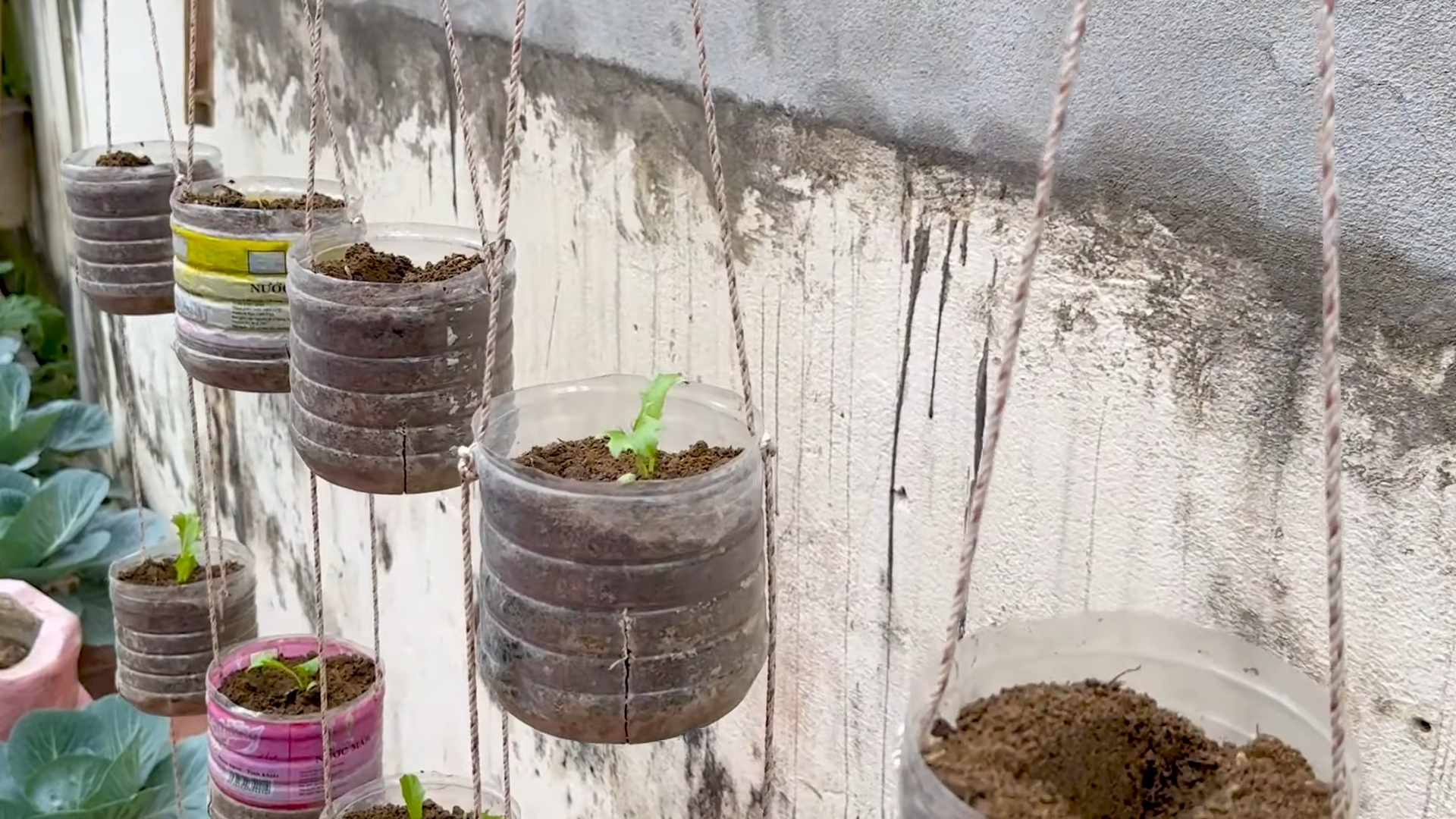
Conclusion
So, there you have it! Growing lettuce at home is not only achievable, but it’s also incredibly rewarding. Forget those limp, pre-packaged greens from the grocery store. Imagine stepping out your back door and harvesting crisp, vibrant lettuce leaves whenever you need them. The taste difference alone is enough to convince anyone to give this a try. But beyond the superior flavor, you’re also gaining control over the quality of your food, reducing your environmental impact, and saving money in the long run.
This DIY trick for growing lettuce at home is a must-try for several reasons. First, it’s incredibly simple and doesn’t require a green thumb. Even if you’ve never grown anything before, you can successfully cultivate your own lettuce patch. Second, it’s space-efficient. Whether you have a sprawling garden or just a small balcony, you can adapt this method to fit your needs. Third, it’s cost-effective. You can start with seeds or even regrow lettuce from the base of store-bought heads.
Ready to take your lettuce game to the next level? Consider these variations:
* Succession Planting: Plant new seeds every two weeks to ensure a continuous harvest throughout the growing season. This way, you’ll always have fresh lettuce on hand.
* Container Gardening: If you’re short on space, grow your lettuce in containers. Choose a pot that’s at least 6 inches deep and wide, and make sure it has drainage holes.
* Vertical Gardening: Get creative with vertical planters to maximize space and add a decorative touch to your garden.
* Different Varieties: Experiment with different types of lettuce, such as romaine, butterhead, and loose-leaf varieties, to find your favorites. Each variety offers a unique flavor and texture.
* Companion Planting: Plant lettuce alongside other vegetables and herbs that can benefit its growth. For example, carrots, radishes, and marigolds are all good companions for lettuce.
Don’t be intimidated by the idea of gardening. Growing lettuce at home is a fun and easy way to connect with nature and enjoy fresh, healthy food. We encourage you to give this DIY trick a try. Start small, be patient, and don’t be afraid to experiment. Once you taste the difference between homegrown lettuce and store-bought lettuce, you’ll never go back.
We’re confident that you’ll find this method for growing lettuce at home to be both enjoyable and rewarding. So, grab your seeds, prepare your soil, and get ready to enjoy the freshest lettuce you’ve ever tasted. And most importantly, we want to hear about your experience! Share your photos, tips, and stories with us in the comments below. Let’s create a community of home gardeners who are passionate about growing their own food. Happy gardening!
Frequently Asked Questions (FAQs)
What kind of soil is best for growing lettuce?
Lettuce thrives in well-draining soil that is rich in organic matter. A mix of compost, potting soil, and a bit of perlite or vermiculite is ideal. The soil should be slightly acidic to neutral, with a pH between 6.0 and 7.0. Before planting, amend the soil with compost or aged manure to provide essential nutrients. Avoid heavy clay soils, as they can retain too much water and lead to root rot. If you have clay soil, consider growing lettuce in raised beds or containers with a suitable soil mix.
How much sunlight does lettuce need?
Lettuce needs at least six hours of sunlight per day to grow well. However, in hot climates, it can benefit from some afternoon shade to prevent bolting (premature flowering). If you’re growing lettuce indoors, use grow lights to supplement natural sunlight. Position the lights about 6-12 inches above the plants and keep them on for 12-14 hours per day. Observe your lettuce plants closely and adjust the amount of sunlight or artificial light as needed to ensure healthy growth.
How often should I water my lettuce plants?
Lettuce needs consistent moisture to thrive, but it doesn’t like to be waterlogged. Water your lettuce plants deeply whenever the top inch of soil feels dry to the touch. Avoid overhead watering, as it can lead to fungal diseases. Instead, water at the base of the plants or use a soaker hose. During hot weather, you may need to water more frequently. Check the soil moisture regularly and adjust your watering schedule accordingly.
How do I prevent lettuce from bolting?
Bolting is when lettuce plants prematurely flower and become bitter. To prevent bolting, choose bolt-resistant varieties, provide afternoon shade in hot climates, and water regularly to keep the soil cool and moist. Harvest lettuce leaves frequently, as this can also delay bolting. If you notice any signs of bolting, such as a tall flower stalk emerging from the center of the plant, harvest the remaining leaves immediately.
What are some common pests and diseases that affect lettuce?
Common pests that affect lettuce include aphids, slugs, snails, and cutworms. To control these pests, use organic methods such as handpicking, introducing beneficial insects, or applying insecticidal soap or diatomaceous earth. Common diseases that affect lettuce include downy mildew, powdery mildew, and bottom rot. To prevent these diseases, provide good air circulation, avoid overhead watering, and use disease-resistant varieties. If you notice any signs of disease, remove the affected leaves immediately and treat the plants with a fungicide if necessary.
Can I grow lettuce indoors?
Yes, you can grow lettuce indoors, especially if you don’t have outdoor space or if the weather is not suitable for outdoor gardening. Choose a sunny windowsill or use grow lights to provide adequate light. Use a well-draining potting mix and water regularly. Consider growing loose-leaf varieties, as they are easier to harvest indoors. Rotate the plants regularly to ensure even growth.
How do I harvest lettuce?
You can harvest lettuce leaves as soon as they are large enough to eat. For loose-leaf varieties, simply snip off the outer leaves, leaving the inner leaves to continue growing. For head lettuce varieties, wait until the head is firm and well-formed before harvesting. Cut the head at the base of the plant with a sharp knife. Harvest lettuce in the morning, when the leaves are crisp and cool.
Can I regrow lettuce from the base?
Yes, you can regrow lettuce from the base. Place the base of the lettuce head in a shallow dish of water, making sure that the cut end is submerged. Place the dish in a sunny location and change the water every day. After a few days, you should see new roots and leaves emerging from the base. Once the roots are well-developed, you can transplant the lettuce base into a pot or garden bed.
What are some good companion plants for lettuce?
Good companion plants for lettuce include carrots, radishes, onions, garlic, and marigolds. Carrots and radishes help to loosen the soil, making it easier for lettuce roots to grow. Onions and garlic repel pests, while marigolds attract beneficial insects. Avoid planting lettuce near fennel, as it can inhibit its growth.
How long does it take for lettuce to grow?
Lettuce typically takes 30-60 days to mature, depending on the variety and growing conditions. Loose-leaf varieties mature faster than head lettuce varieties. You can start harvesting lettuce leaves as soon as they are large enough to eat, even before the plant is fully mature.
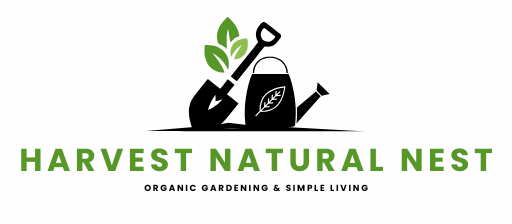
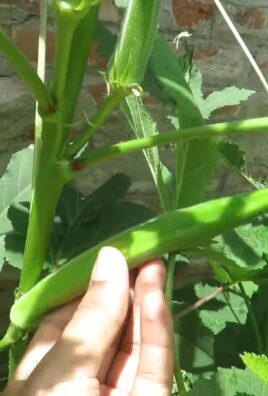
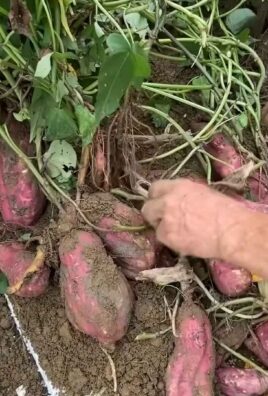
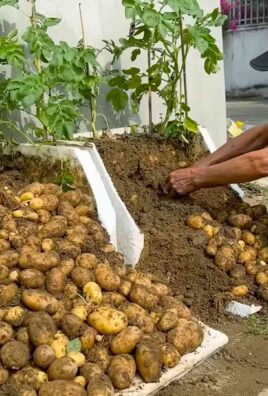
Leave a Comment